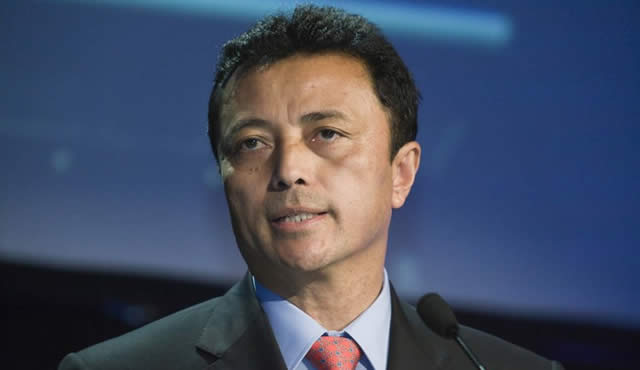Short term insurers record drop in profit
Business Reporter
Short term insurers recorded a 19,3 percent drop in profit after tax during the half year ended June 30, 2014 to $5,95 million tax from $7,38 million for the half year ended 30 June 2013 due to constrained business. According to the Insurance and Pension Commission’s short term (non-life) insurance report for the quarter ended June 30, 2014 profit after tax for reinsurers also fell by a massive 87,1 percent from $5,62 million for the half year ended June 30, 2013, to $0,72 million during the period under review.
“Profitability for both direct insurance companies and reinsurance companies deteriorated in the wake of increasing operating expenses coupled with constrained growth in business generated.
“The non-life insurance industry was not spared by the liquidity challenges being faced by the economy, as evidenced by the deterioration in key liquidity indicators,” IPEC said.
The total gross premium written (GPW) by non-life insurers for the half-year ended June 30, 2014 fell by a marginal 0,74 percent to $116,89 million compared to $117,82 million in the comparative period in 2013 due to depressed volumes in some class of business.
The decline was largely due to a 77,15 percent drop in GPW in aviation insurance that fell to $921 119 during the period under review from $4, 03 million last year.
Motor insurance which usually records significant growth witnessed a modest increase in business written of $0,70 million to $49,7 million.
Personal accident and engineering insurance were the fastest growing business classes in terms of absolute changes in GPW and recorded combined changes in GPW amounting to $3,57 million during the half year period under review.
Reinsurers also witnessed a 6,72 percent shrinkage in business generated in terms of GPW from $60,3 million for the half-year period ended June 30, 2013 to $56,25 million during the comparative period in 2014.
Insurers generated $44,82 million of their business through insurance brokers while reinsurance generated $33,14 million of their business through reinsurance brokers.
The major sources of business in the short-term insurance industry remained motor and fire insurance.
In terms of capitalisation, eight insurance companies and one reinsurer were not compliant with the regulatory minimum capital requirement of $1,5 million as at June 30, 2014.
The capital positions for the eight insurance companies translated into capital maintenance ratios which were below the prudential minimum of 100 percent.
IPEC said it was in constant engagement with the said insurers with a view to ensuring the safety and soundness of the insurers in question.
In terms of the solvency margin, all insurance companies except Altfin Insurance Company, were compliant with the prudential minimum solvency ratio of 25 percent as stipulated in the Insurance Act [Chapter 24:07].
“Going forward all short term insurers’ compliance to minimum capital requirements will be
assessed in terms of Circular 1 of 2014, Statutory Instrument 21 of 2013 as well as the Insurance Act [Chapter 24:07].
“The implementation of Circular 1 of 2014 will result in stricter capital requirements which will enhance the protection of policyholders. Insurers should therefore make sure that they mobilise additional capital where necessary,” it said.
Total assets for the non-life insurance industry decreased marginally from $344,37 million as at March 31, 2014 to $343,74 million as at June 30, 2014.
All the short term underwriters, except FBC Reinsurance Company, were not compliant with the prescribed assets ratio while all non-life insurers remained non-compliant with the requirement to invest in prescribed assets with an industry average prescribed asset ratio of 0,39 percent during the period which was significantly below the regulatory minimum of 5 percent.
Only seven insurers out of the 24 operational insurers had investments in prescribed assets during the period under review compared to six that were reported as at March 31, 2014.
“The risk appetite of both non-life insurers and reinsurers remained largely unchanged as indicated by negligible changes in the industry average retention ratios,” IPEC said.








Comments